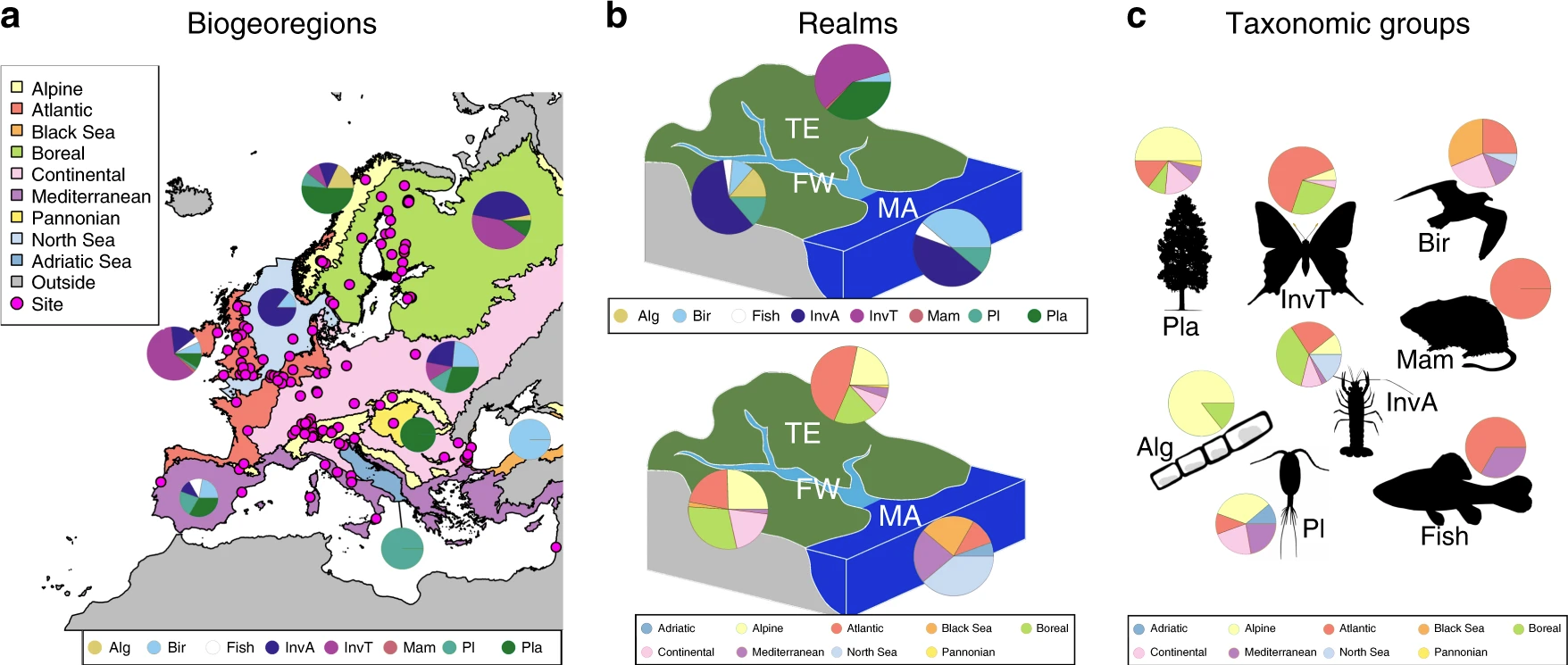Multidecadal biodiversity trends in Europe investigated using eLTER site data
22 July 2020
Using eLTER site data, a recently published article by Francesca Pilotto et al. investigates biodiversity trends in Europe. The article is published in the Nature Communications journal and is titled “Meta-analysis of Multidecadal Biodiversity Trends in Europe”.
The new study uses a comprehensive dataset of 161 biological time series across Europe mostly collected from eLTER sites. This unique dataset covers 21 European countries, nine biogeoregions, three realms and eight taxonomic groups. The study received financial support from the eLTER PLUS project.
The study aims to test whether local long-term biodiversity trends are consistent among different biogeoregions, realms and taxonomic groups. It also poses the question whether changes in biodiversity correlate with regional climate and local conditions.
Results reveal that local trends differ among biogeoregions, realms and taxonomic groups, thus confirming that local scale biodiversity changes cannot be easily generalized due to a higher level of complexity.
Additionally, the study finds that richness and abundance increase with increasing temperature and naturalness. A clear spatial pattern of changes in community composition is detected in most observed regions of Northern and Eastern Europe.
As an overall trend, increases in taxonomic richness, diversity and turnover but no significant trend in abundance are observed. Furthermore, a considerable heterogeneity in the extent of change in biodiversity metrics in recent decades between the analyzed biogeoregions, realms and taxonomic groups in Europe is noted.
Further information:
Pilotto, F., Kühn, I., Adrian, R. et al. Meta-analysis of multidecadal biodiversity trends in Europe. Nat Commun 11, 3486 (2020). https://doi.org/10.1038/s41467-020-17171-y
